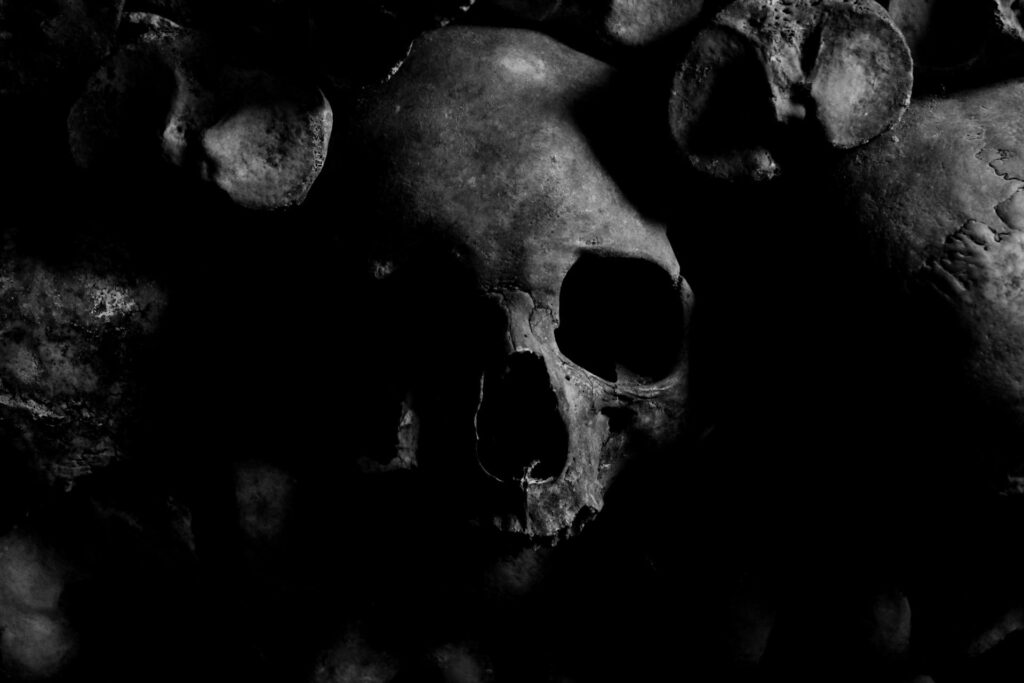 Demographic Devastation
Demographic Devastation
The Black Death, which struck Europe in the mid-14th century, had a devastating impact on medieval social structures. The pandemic, caused by the Yersinia pestis bacterium, resulted in the deaths of an estimated one-third of Europe’s population. This massive loss of life disrupted communities, economies, and social hierarchies, leading to profound changes in medieval society.
Labor Shortages and Economic Shifts
The dramatic reduction in population caused severe labor shortages, which in turn led to significant economic shifts. The scarcity of workers increased wages and improved the bargaining power of laborers and peasants. Many serfs and tenants gained greater freedom and mobility, as landowners were forced to offer better conditions to retain their workforce. This shift contributed to the decline of the traditional feudal system and the rise of a more market-oriented economy.
Social and Cultural Impact
The Black Death also had a profound social and cultural impact. The pervasive fear of death and the breakdown of social norms led to changes in religious practices, art, and literature. The trauma of the pandemic was reflected in the themes of mortality and despair that permeated medieval culture. The loss of population also disrupted traditional family structures and community networks, altering social dynamics and relationships.
Conclusion
The impact of the Black Death on medieval social structures was transformative. The demographic, economic, and cultural changes it brought about reshaped medieval society, contributing to the decline of feudalism and setting the stage for the social and economic developments of the late Middle Ages.